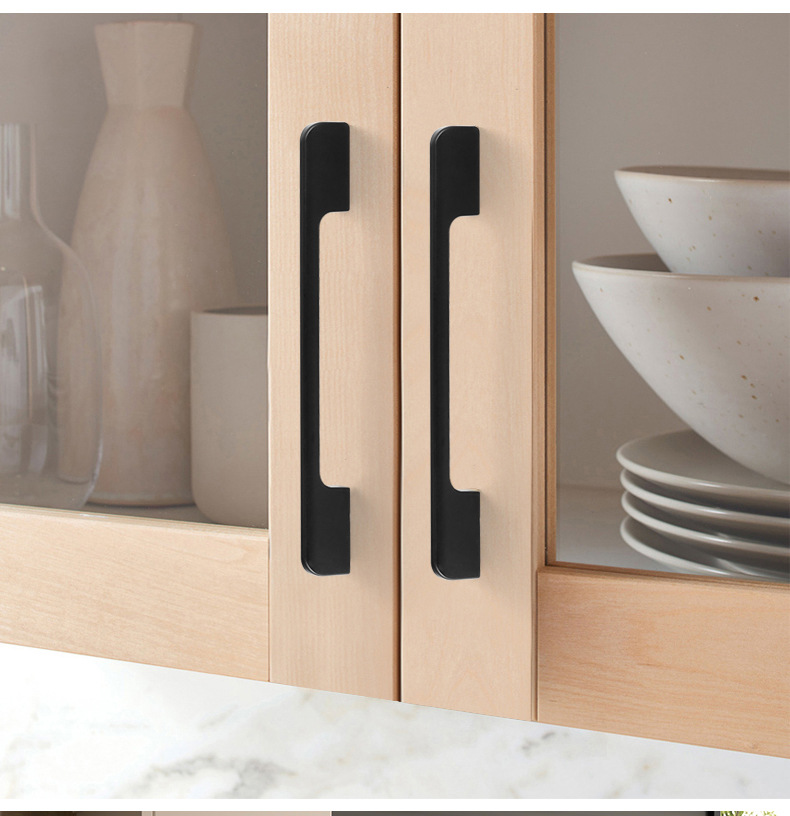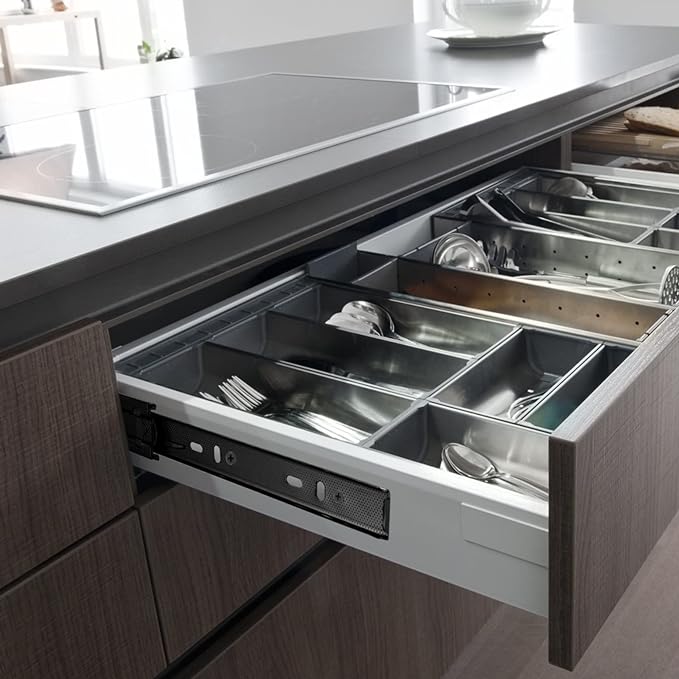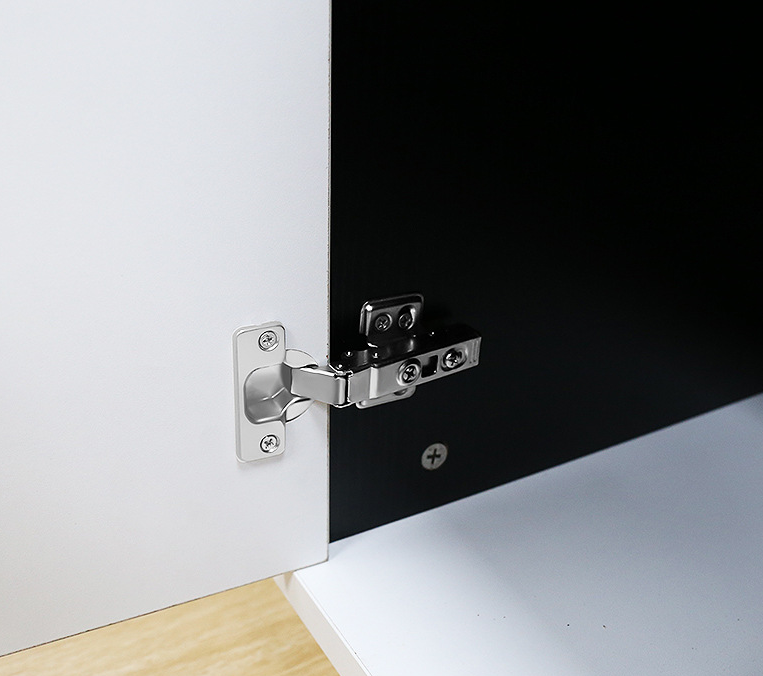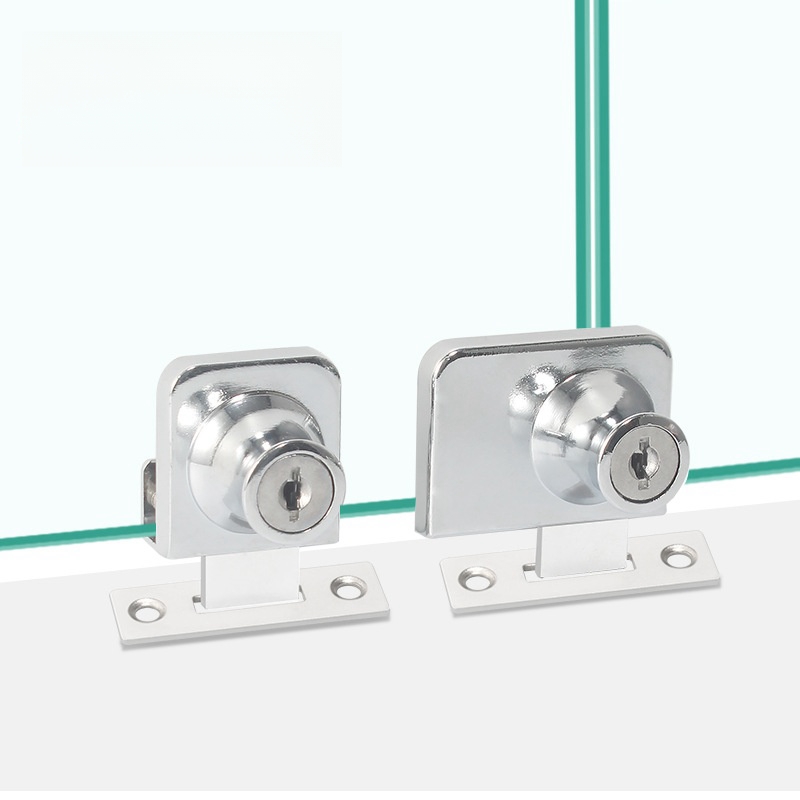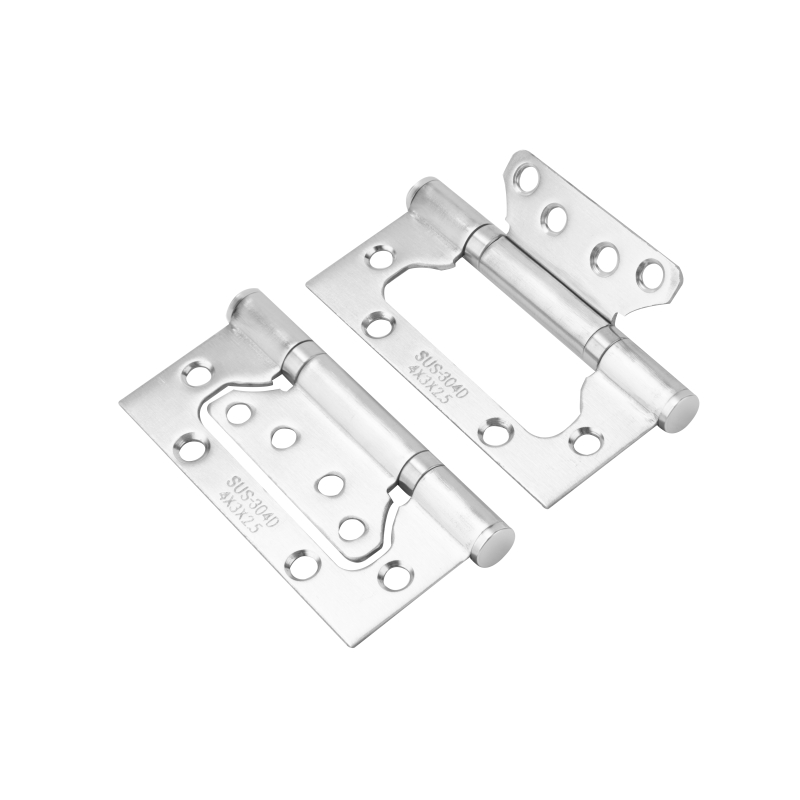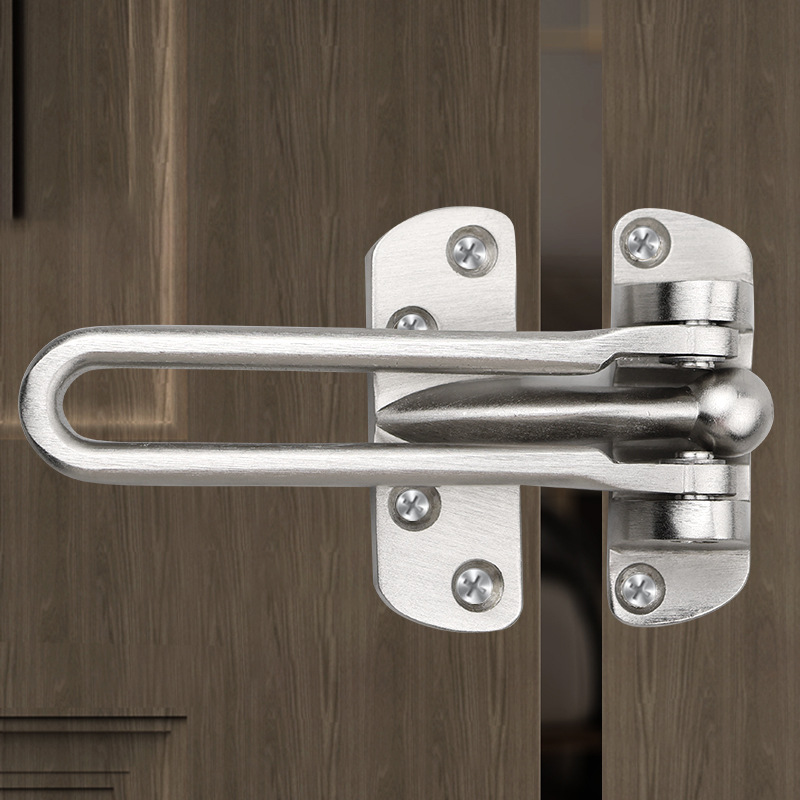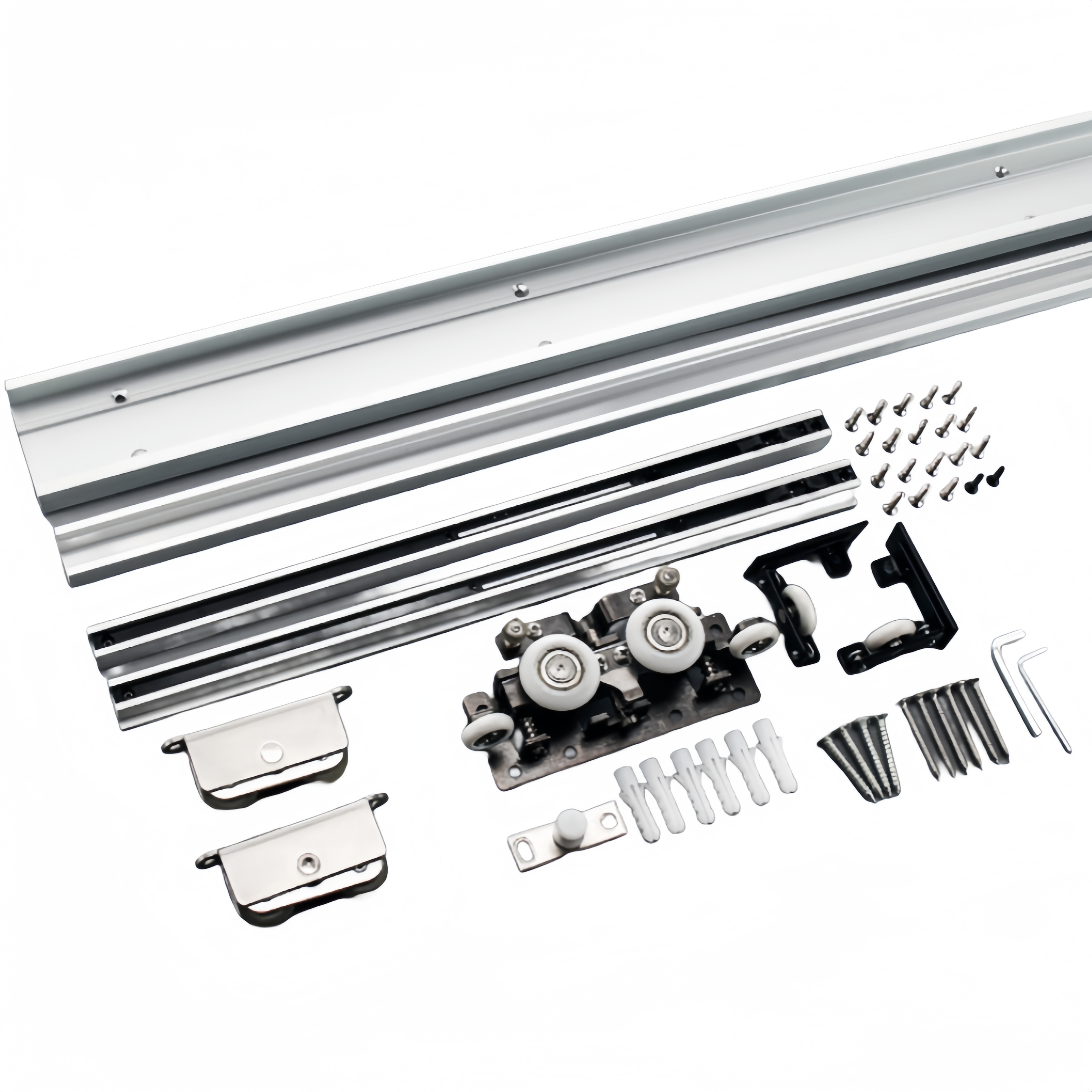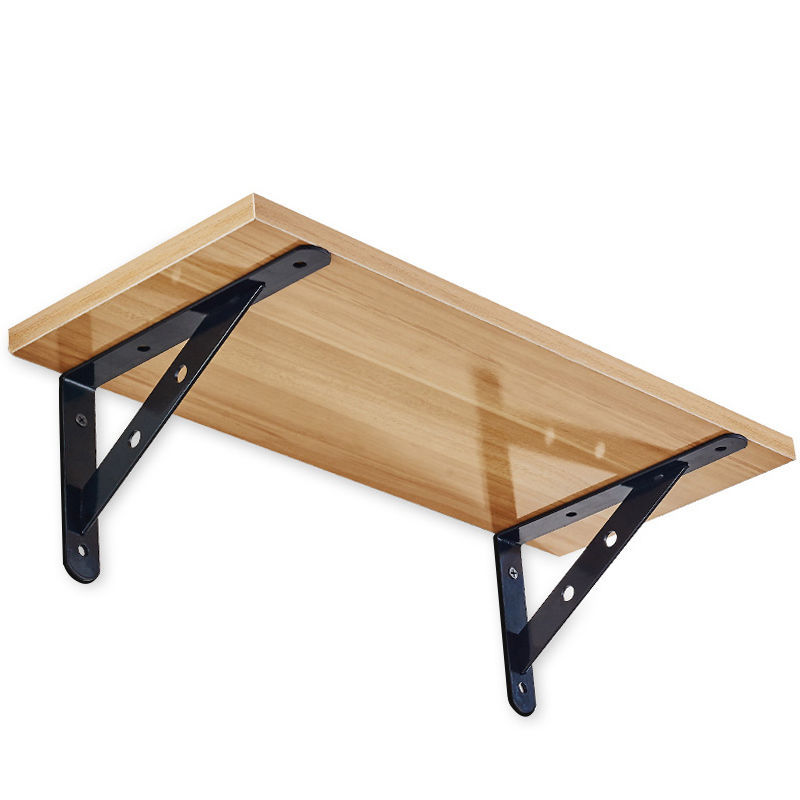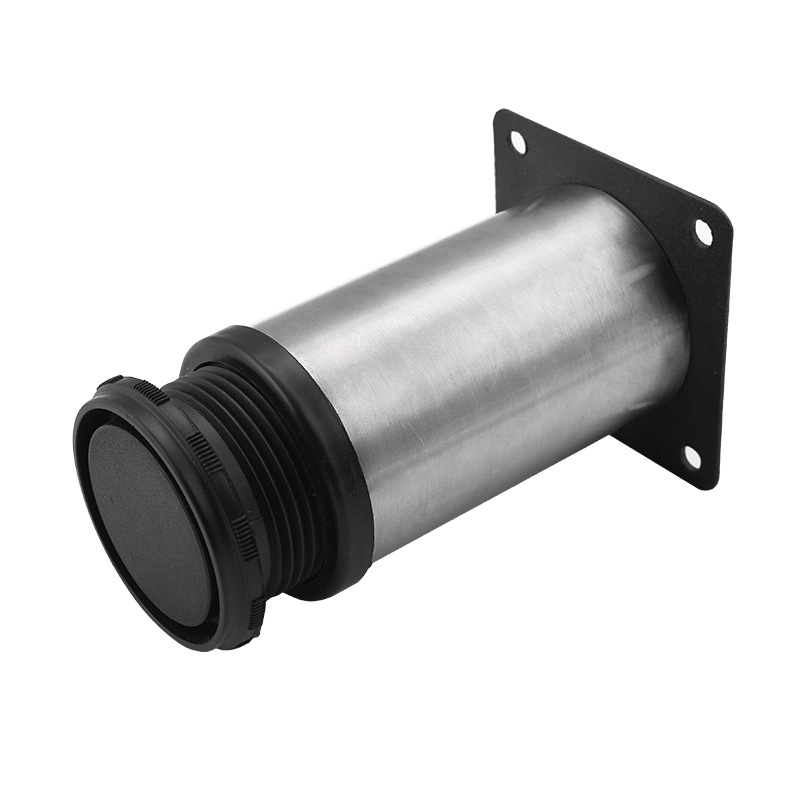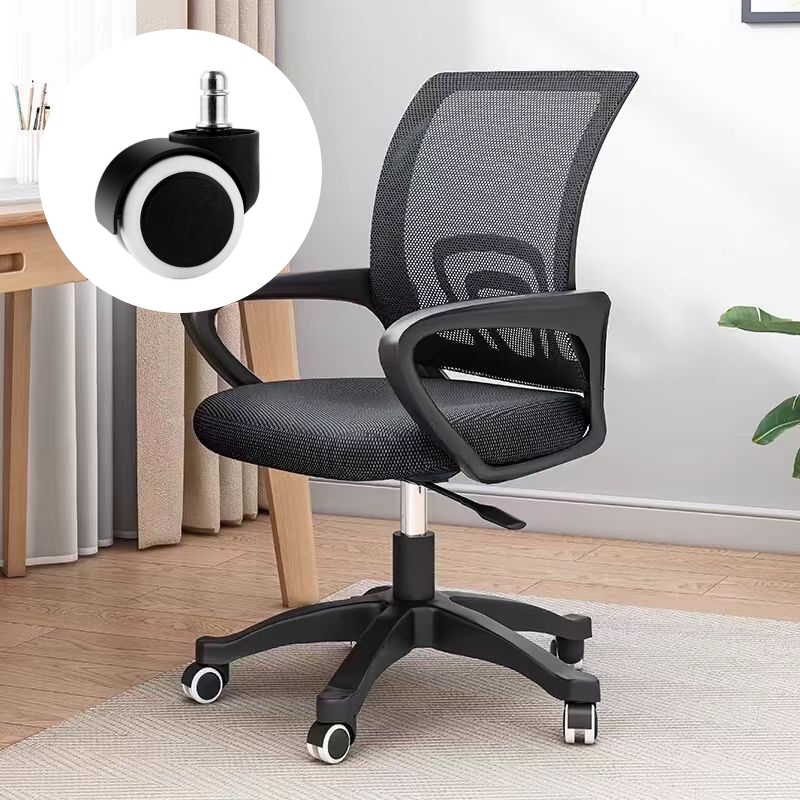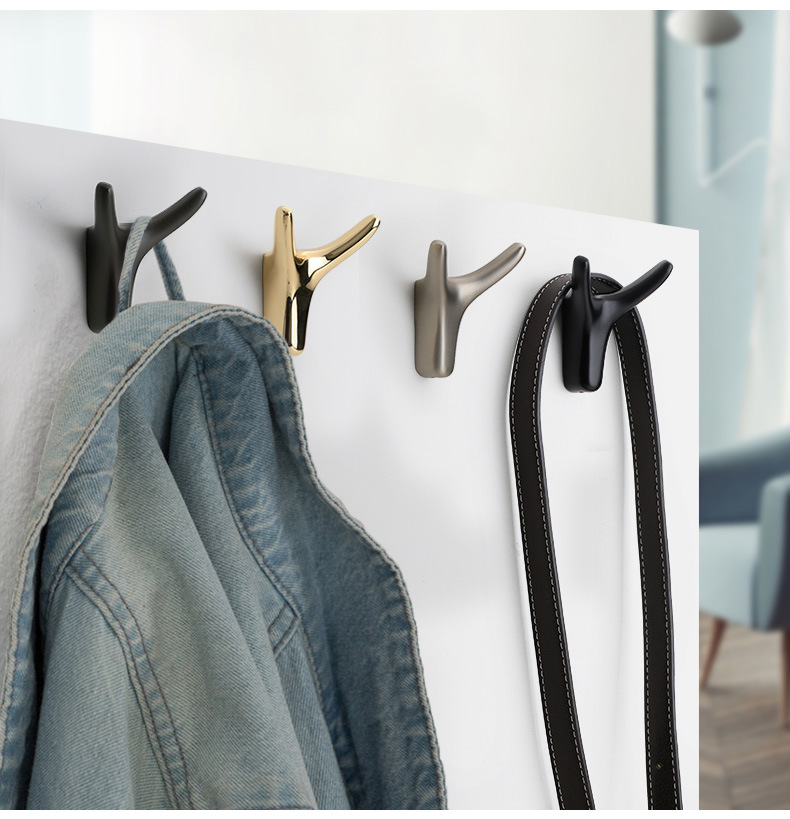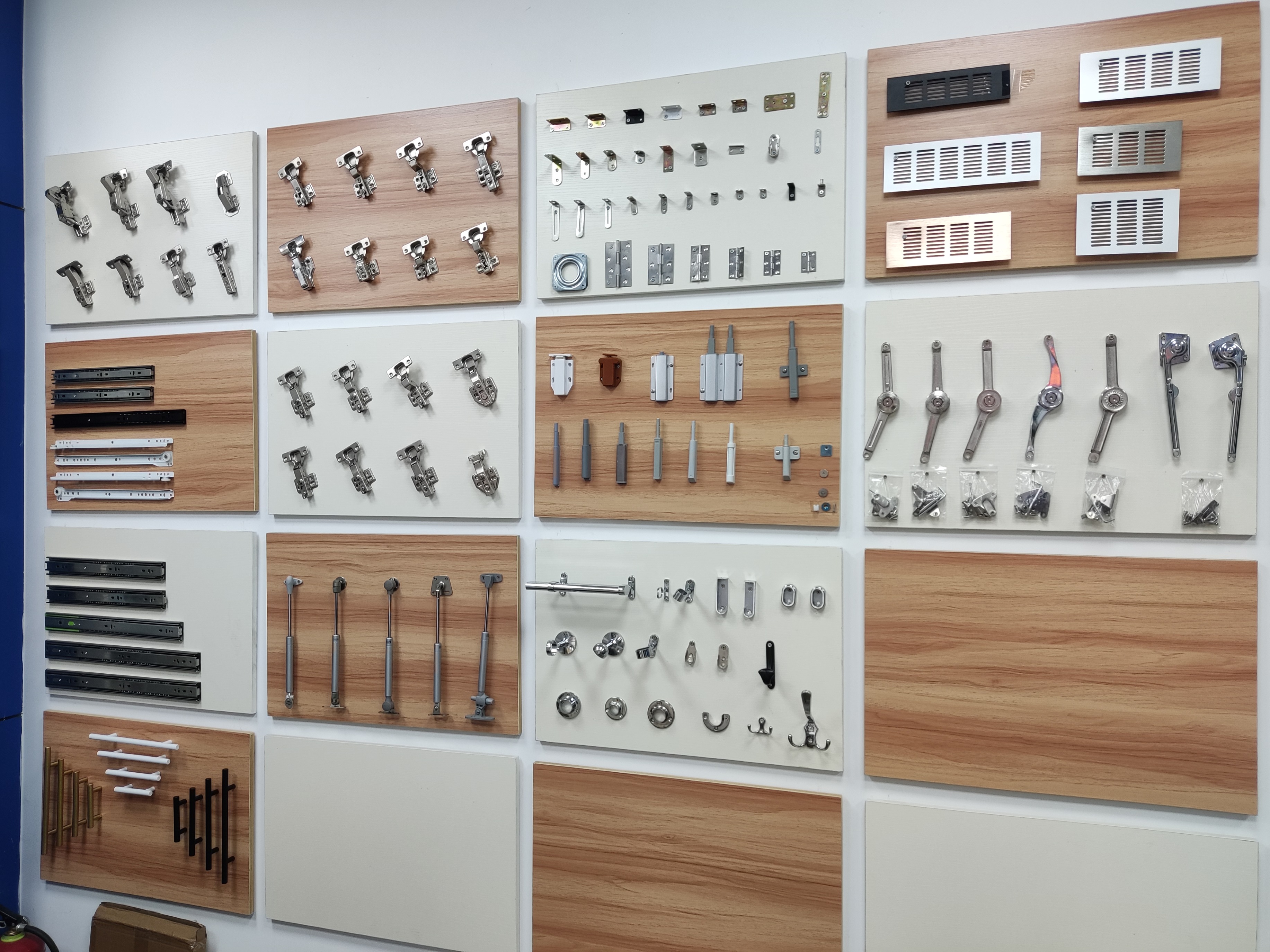
ABOUT
Guangzhou Toplink hardware Co., Ltd specialized in the production and export of furniture hardware fittings, with an experience of more than 14 years.
Our main products are drawer locks, cabinet hinges, sliding rails, cabinet handles, casters, cabinet legs and connecting fittings etc..
With a complete range of products, excellent performance and reasonable prices we have built up business with many customers all over the world.
We are committed to strict quality control and considerate customer service. We sincerely looking forward to becoming your best choice and the most reliable partner!
PRODUCTS
double hanger closet height
Understanding Double Hanger Systems
Double hanger systems are ingenious space-saving solutions that utilize the vertical space within a closet to its fullest potential. Unlike single-rod systems, which only allow for hanging clothes on one level, double hanger systems incorporate a second rod positioned beneath the primary rod. This clever design effectively doubles the hanging capacity of your closet, allowing you to neatly organize twice the amount of clothing. The efficiency of a double hanger system depends heavily on the vertical clearance between the two rods, the so-called "double hanger closet height". This height determines what types of garments can be effectively stored and directly impacts the overall usability of the system.
Several types of double hanger systems exist, each offering slightly different functionalities. Some feature a fixed lower rod, while others offer adjustable rods, enabling you to customize the spacing to accommodate variations in garment length. Others are designed to utilize cascading hangers, further increasing the vertical density of storage. Choosing the right system depends not only on the double hanger closet height but also on personal preferences and the types of clothing you typically hang.
Determining the Ideal Double Hanger Closet Height
The ideal double hanger closet height isn't a one-size-fits-all measurement. It’s heavily influenced by the length of the garments you intend to hang. For example, shirts, blouses, and jackets generally require less vertical space than dresses, long coats, or pants. If you primarily hang shorter items, a shorter distance between the rods will suffice, maximizing your hanging space. However, if you hang longer garments, sufficient space must be provided to avoid bunching or wrinkling.
A general rule of thumb suggests aiming for a minimum of 12 inches between the rods in a double hanger system. This provides ample space for hanging a variety of clothing items without causing undue compression. However, this is just a starting point. Carefully measure the length of your longest garments and add an extra inch or two for comfortable hanging. Consider that some hangers are bulkier than others, also factoring into this measurement.
Considering Garment Types and Closet Configuration
The types of garments you hang influence the optimal double hanger closet height. If your wardrobe predominantly comprises shirts, blouses, and sweaters, a shorter space between the rods is perfectly acceptable. You may even be able to comfortably fit three rows of hanging items in a very tall closet.
However, if you regularly hang longer items like dresses, coats, or pants, you'll need to increase the space between the rods significantly. Remember that long garments need to hang freely to avoid creasing. Compromising on height here will lead to wrinkled clothes and a less functional closet. Additionally, the overall dimensions of your closet also influence the decision. A shallow closet might only accommodate a single row of double hangers, regardless of the height, while a deeper closet might be able to accommodate double hangers with ample space for maneuvering.
The Impact of Hanger Type and Size
The choice of hanger significantly impacts the effective double hanger closet height. Bulkier hangers, such as wooden or velvet hangers, occupy more vertical space than thinner plastic hangers. Therefore, if you're using bulkier hangers, you'll need to increase the distance between the rods to prevent them from colliding or interfering with the items hanging on the lower rod.
Cascading hangers, which are designed to hang several items vertically, can significantly alter the requirements for double hanger closet height. These hangers require even more vertical clearance between rods to function efficiently. Consider the space required for cascading hangers before finalizing your double hanger system and its vertical dimensions.
Beyond the Height: Optimizing Closet Space
While double hanger closet height is crucial, it's only one piece of the puzzle when it comes to optimizing closet space. Careful consideration should be given to other factors such as shelf placement, drawer organization, and the overall layout of the closet. Proper organization, even with the perfect double hanger system, will prevent the closet from becoming cluttered and frustrating to use.
Maximize vertical space with high shelving units for folded items or less frequently used clothing. Use shelf dividers to keep stacks of folded clothes organized. Optimize the space between the hanging rod and the shelf above it by storing smaller items like handbags or folded sweaters in the space. By considering these aspects, you can achieve a more efficient and organized closet, significantly improving your daily life.
Conclusion: A Personalized Approach
Choosing the appropriate double hanger closet height is a personalized process. It requires careful consideration of your individual clothing items, the type of hanging system employed, the overall closet dimensions, and the type of hangers you intend to use. There's no magic number; the optimal height is the one that balances storage capacity and the ease of access to your clothing. By carefully measuring, planning, and considering all relevant factors, you can create a well-organized and functional closet that maximizes space and keeps your clothes neat and wrinkle-free. Remember, the goal is to design a system that works best for *your* specific needs and preferences.
SUBSCRIBE
INQUIRY
